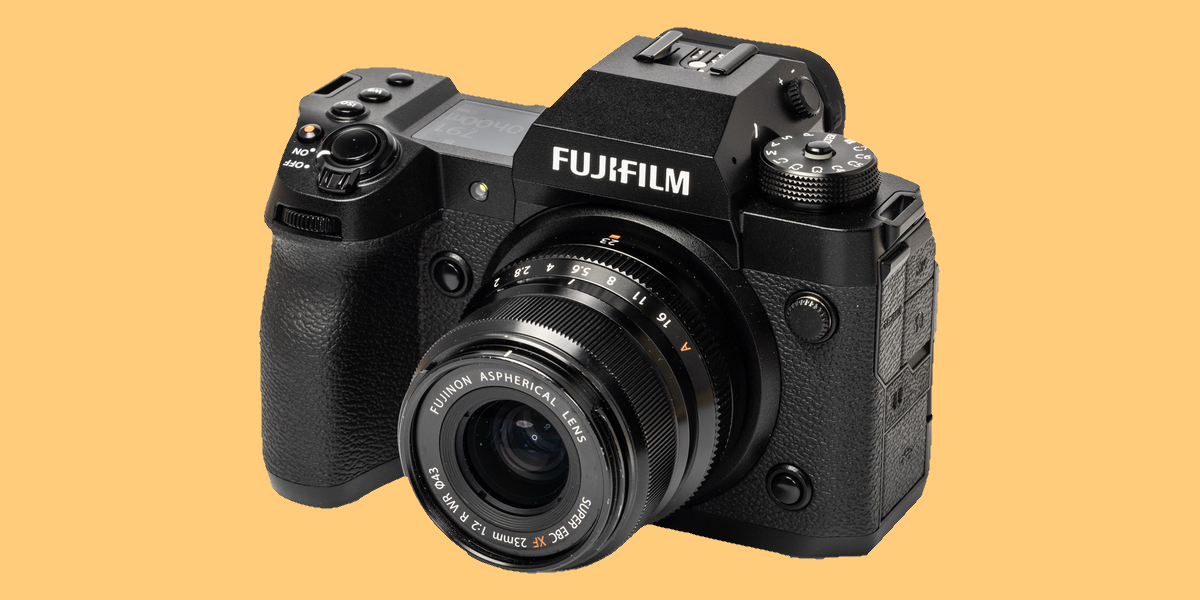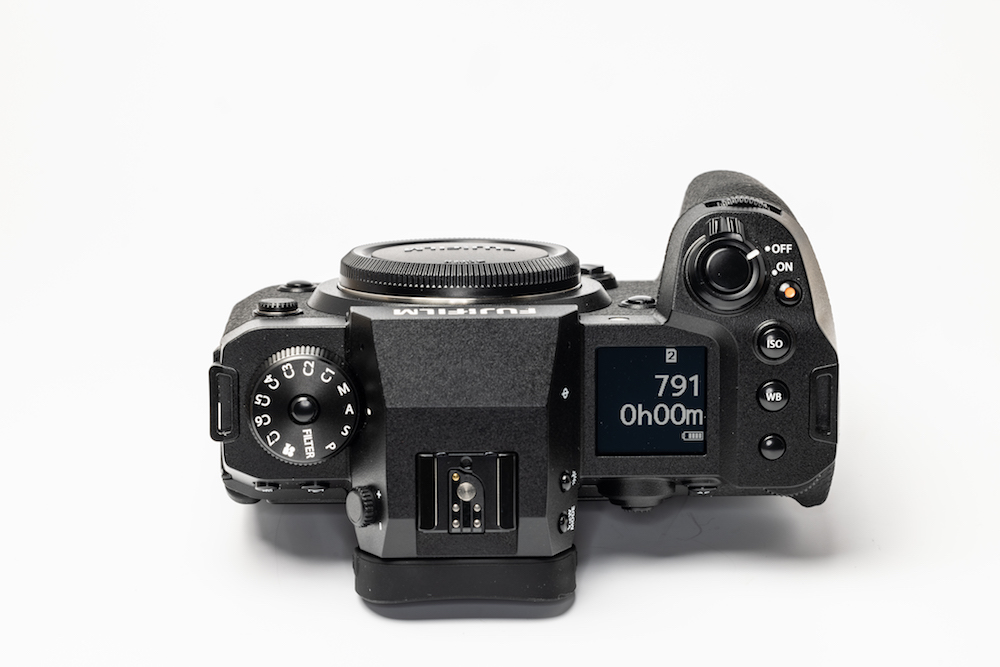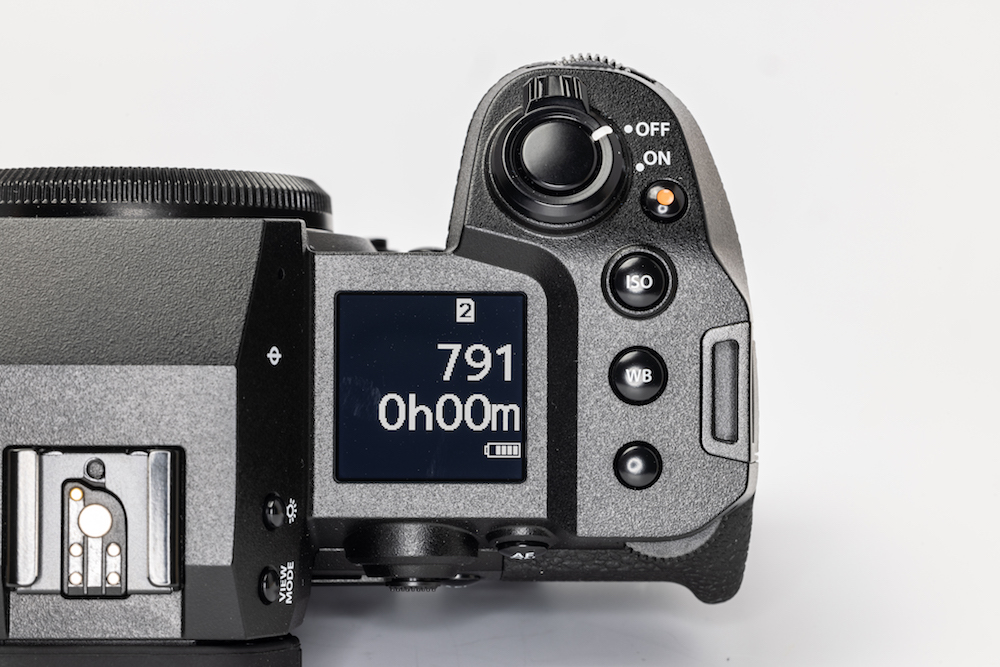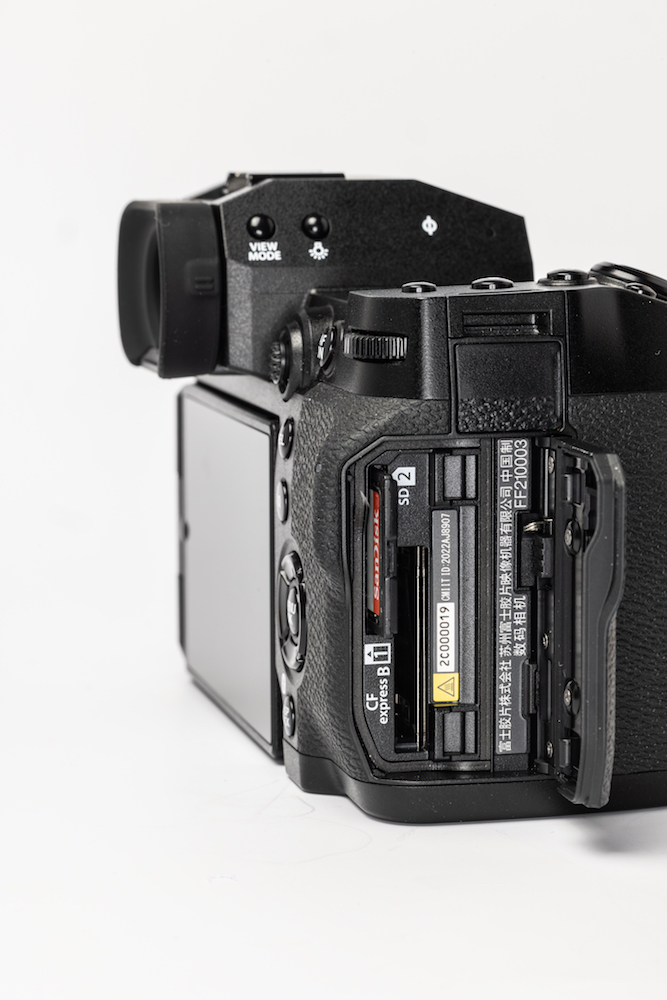
BIG TEST: Fujifilm X-H2
Posted on Nov 29, 2022
Boasting more megapixels than any other APS-C format camera, the Fujifilm X-H2 offers much more than just a sharp eye for detail
Fujifilm is not a brand that rests on its laurels, and with the advent of its fifth-generation X-Trans CMOS sensor, you can bet there’ll be a series of new products heading our way.
The X-H2 is the second model to feature the new sensor, following the X-H2S we tested in the last issue. Put the two side by side and you’ll be hard-pushed to see any difference – that’s because they’re identical but for the name. They share the same weather-sealed, user-friendly body with an articulating touchscreen, 5.76-million-dot OLED EVF with the option of 120fps, five-axis in-body image stabiliser and a hybrid AF system with subject detection.
Check under the bonnet, though, and these two are very different. The X-H2S has a stacked 26.1-megapixel X-Trans CMOS 5 HS sensor and, coupled with the X-Processor 5, it’s very much about speed – both for stills and video. The same processing engine is used in the X-H2, but its sensor is a back-side illuminated 40.2-megapixel affair, which trumps the Canon EOS R7 by having the highest resolution currently found in an APS-C format camera.
There is also a price difference which reflects the cost of building a stacked sensor; the X-H2S sells at £2499 body only, the X-H2 is £1899.
Looking at the X-H2’s control layout, existing X Series owners will find the user experience different from what they’re used to. That’s not a negative – the X-H2’s layout is clean, but the top-plate is unlike the X-T3/4 and is more along the lines of the GFX 50S Mark II/100S. Gone are the three trinity dials – shutter speed, exposure compensation and ISO – so you can’t quickly glance down at the top-plate and check key settings.
Instead, a large sub-monitor may be configured to display a range of settings when the camera is powered up. Switched off, all you can see are battery condition, memory card status and how many frames are left, or the video record time remaining.
What you do get on the exposure mode dial are seven custom positions that can be assigned to stills or video shooting, and then your favoured settings may be saved as a preset. This is a definite time saver if your photography frequently takes you into situations where camera set-up varies, perhaps from shooting stills in the studio to landscapes, or footage for your YouTube channel.
This assumes you take a few minutes to set up each custom mode. By enabling the custom edit auto-update feature, if you forget something and change a parameter later then it’s memorised for future recall automatically.
The edit/save setting isn’t in the shooting set-up menu as you may expect, but the IQ menu – which seems odd to me. There’s an option to rename the custom modes for easy reference, though the names are only seen in the edit/save custom mode menu itself, not the monitor, sub-monitor or EVF. As a memory aid, you could stick a note on the back of the camera to remind you what each setting is for.
As usual with Fujifilm, the X-H2 is highly customisable. There are seven function buttons and four touch settings, plus seven control buttons such as Q, AF-ON and AE-L that could be changed from their default purposes. Versatility is remarkable – with 65 options for the touch settings and 76 for the buttons.
Bursting into action
As previously mentioned, the X-H2S is all about speed. It can rip through full-format Raws at 40fps and keep that pace for quite a while, especially with a CFexpress Type B card on board. By comparison, the X-H2 is more sedate, but will still easily satisfy most photographers.
Set the X-H2 to continuous high-speed shooting with the electronic shutter, and the claimed rate is 20fps with a 1.29x image crop. The fastest uncropped rate is 13fps. With a Manfrotto CFexpress Type B card in tow, I kept my finger on the shutter button for a minute, getting around 1200 lossless compressed Raws – so it achieved the headline 20fps throughout that burst.
This Big Test continues in Issue 102. Click here for the full article.
Don’t forget to sign up to receive our newsletter below, and get notified about the new issue, exclusive offers and competitions.
Have you heard The Photography News Podcast? Tune in for news, techniques, advice and much more! Click here to listen for free.










